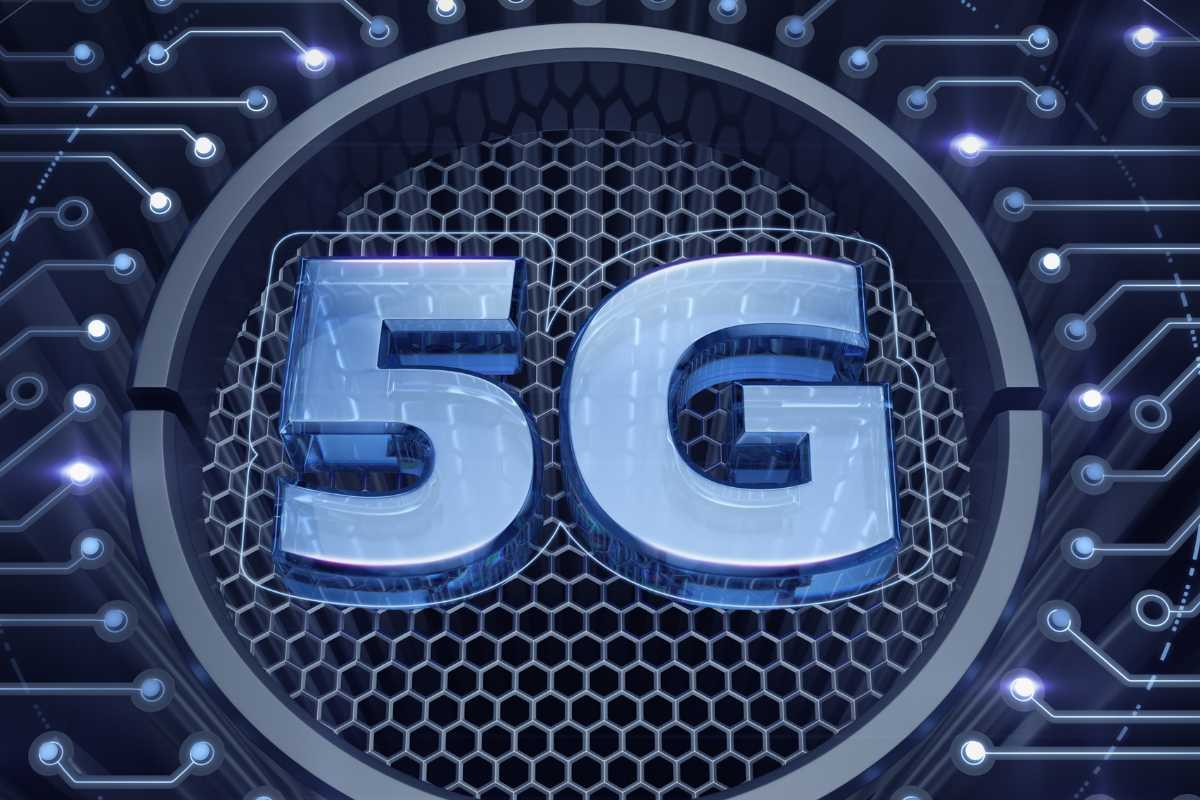
5G is around the corner for India, and there’s a lot that needs to happen. Starting with the policies, the central and the state government's outlook for the telecom industry must be the same. The Department of Telecommunications (DoT) in September 2021 announced that the telcos could share active infrastructure, including core network amongst themselves. Further, using VSAT, the government said that telcos could also provide backend or backhaul services.
This will allow the companies in reducing costs and also roll out new network services faster. Further, it will also enable more efficient infrastructure planning.
5G to Involve Big Costs
5G rollout isn’t going to be cheap for the telcos. Spectrum cost, network upgradation cost, regulatory fees are just the tip of the iceberg. To ensure that India sees 5G fast, telecom operators must agree to leverage the existing infrastructure of other companies.
This will especially benefit companies such as Vodafone Idea (Vi), which doesn’t have the capex required to scale 4G networks across the country the way Jio and Airtel can. With 5G, the industry and the government’s aim should be to make the connectivity standard available in as many parts of the country as fast as possible.
This is not just so the users can browse Instagram at a fast pace, but also for faster development of the economy. With 5G, the industrial and manufacturing sectors should grow fast. All the use cases of 5G point us towards the fact that it will be leveraged primarily by the enterprises. The more enterprises can use the power of 5G in different parts of the country, the better it is for the economy.
It will also help the telecom operators in opening up new channels of revenues from the enterprise business faster. The future of the telecom industry is in harmony that the stakeholders and government can form. Being competitive is right, but with such fewer players, all need to work together in certain areas to ensure the growth of India.















